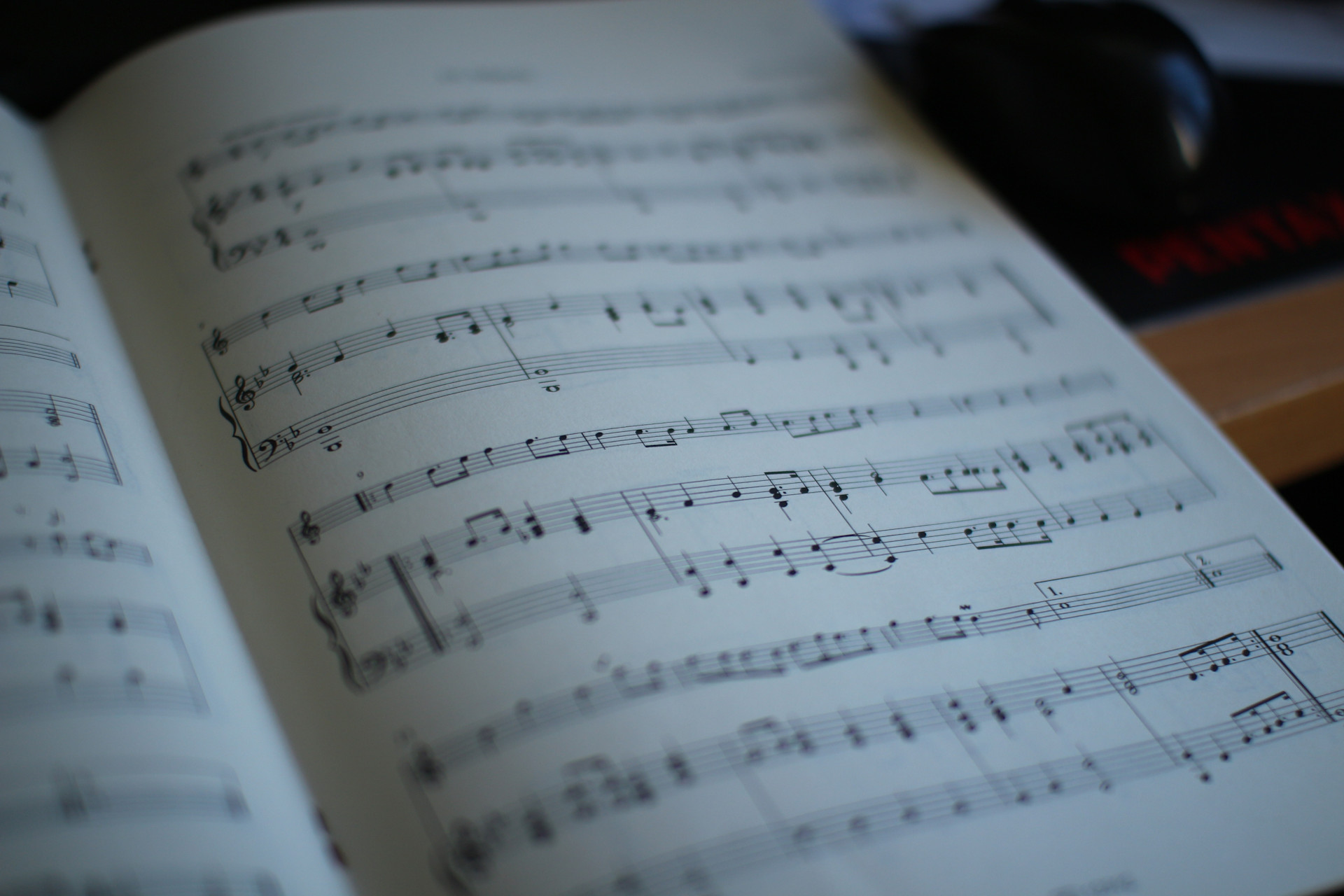Invention Musical Form: Structure and Examples
Written by MasterClass
Last updated: Jun 7, 2021 • 2 min read
Classical music includes composition structures that showcase contrapuntal writing. Among these musical forms is the invention, which came of age in the Baroque era.
Learn From the Best
What Is an Invention in Music?
An invention is a short musical composition based around two-part counterpoint. Its closest musical cousin is the fugue, but from a music theory perspective, inventions are simpler forms.
The invention is closely linked to the German Baroque composer Johann Sebastian Bach, who revolutionized contrapuntal music theory. Bach's inventions were simpler than the fugues he composed for collections like The Well-Tempered Clavier. Most were two-part inventions, where two voices play in contrapuntal harmony. Bach also composed three-part inventions, which he referred to as sinfonias.
A Brief History of the Invention in Music
Between 1696 and 1736, Italian priest and composer Francesco Antonio Bonporti developed the precursor to inventions in a series of works. Bonporti's writing contained sections of structured improvisation, which caught the ear of German composer J.S. Bach.
Bach composed two volumes of inventions. The first volume contained 15 inventions for two voices, to be played on a keyboard instrument like a piano, harpsichord, or organ. The second volume contained three-part inventions, which Bach called sinfonias.
While subsequent classical music giants like Wolfgang Amadeus Mozart and Ludwig van Beethoven did not embrace the literal invention form, they nonetheless drew inspiration from Bach's multi-part counterpoint and progressive harmonic ideas (including long chromatic passages).
Structure of an Invention in Music
Traditional inventions contain three sections.
- Exposition: Much like a fugue, an invention begins with an exposition section that introduces a principal motif in the tonic key. This motif is sometimes called a theme or a subject. In a two-part invention, the first voice plays the main theme while the other accompanies in free counterpoint. The voices then switch, with the second voice playing the main theme and the first providing counterpoint. Inventions can also have countersubjects that accompany the main subject of the piece.
- Development: In the development, the longest section of an invention, the main motif is expressed in a wide variety of keys. The motif modulates between keys in short episodes, much like in a fugue. Typically, an invention modulates through the circle of fifths, whereas fugal modulation can be far less predictable.
- Recapitulation: Like many classical music forms, inventions tend to end with a recapitulation of the main theme. This section is optional and tends to be very brief.
4 Examples of Inventions in Music
The most famous inventions in music history are composed by J.S. Bach. The most commonly performed Bach inventions include:
- 1. Invention No. 1 in C major
- 2. Invention No. 3 in D major
- 3. Invention No. 8 in F major
- 4. Invention No. 13 in A minor
Want to Learn More About Music?
Become a better musician with the MasterClass Annual Membership. Gain access to exclusive video lessons taught by musical masters, including Sheila E., Timbaland, Itzhak Perlman, Herbie Hancock, Tom Morello, and more.
